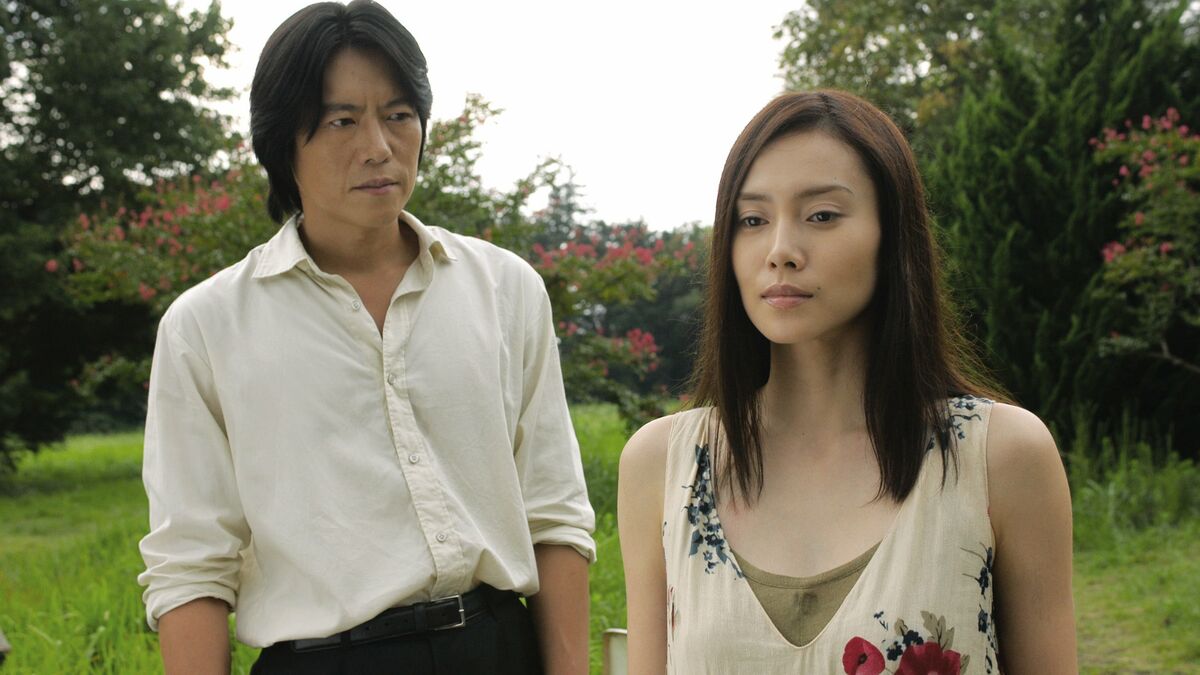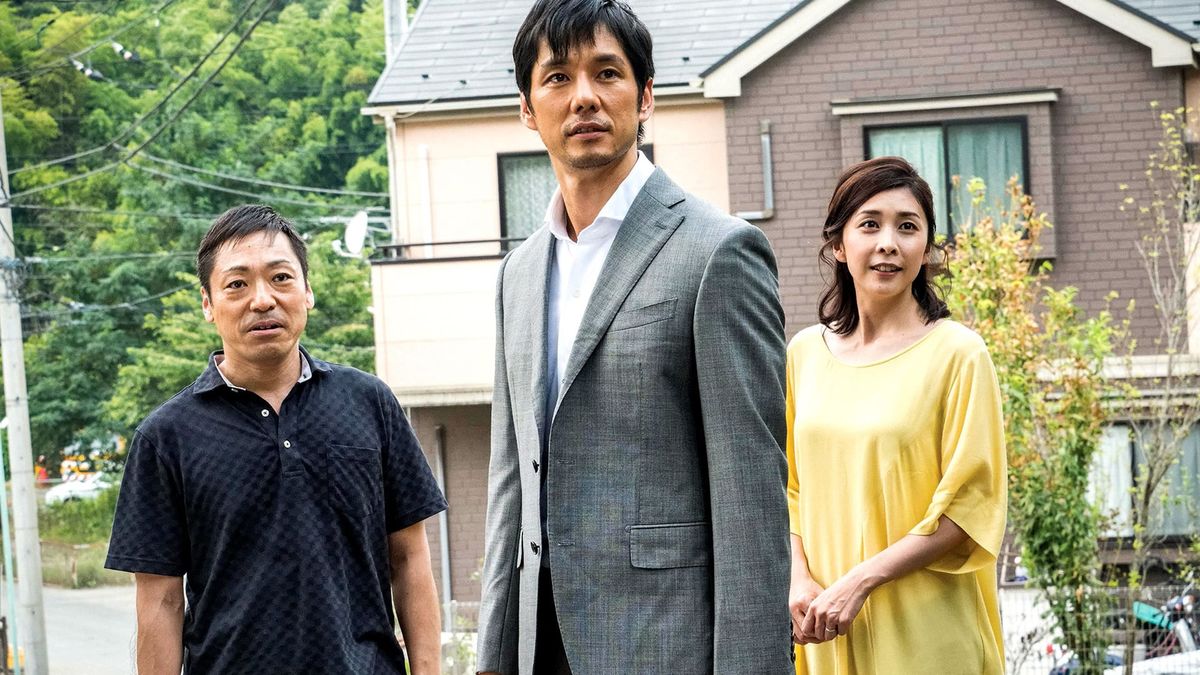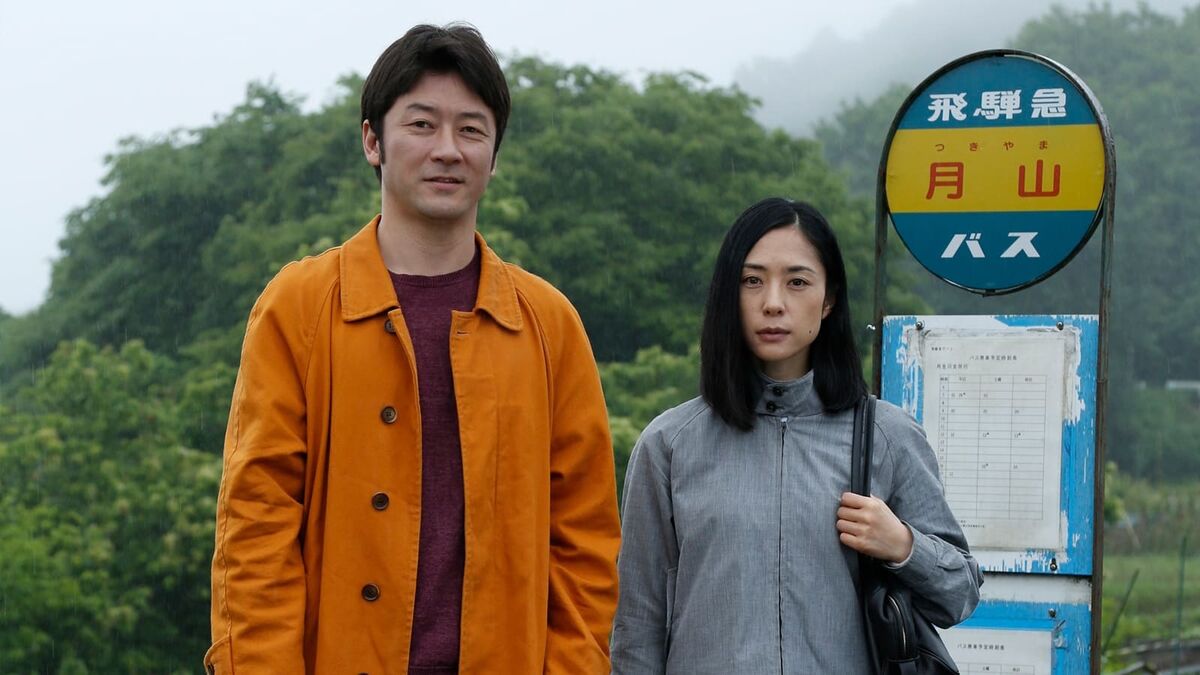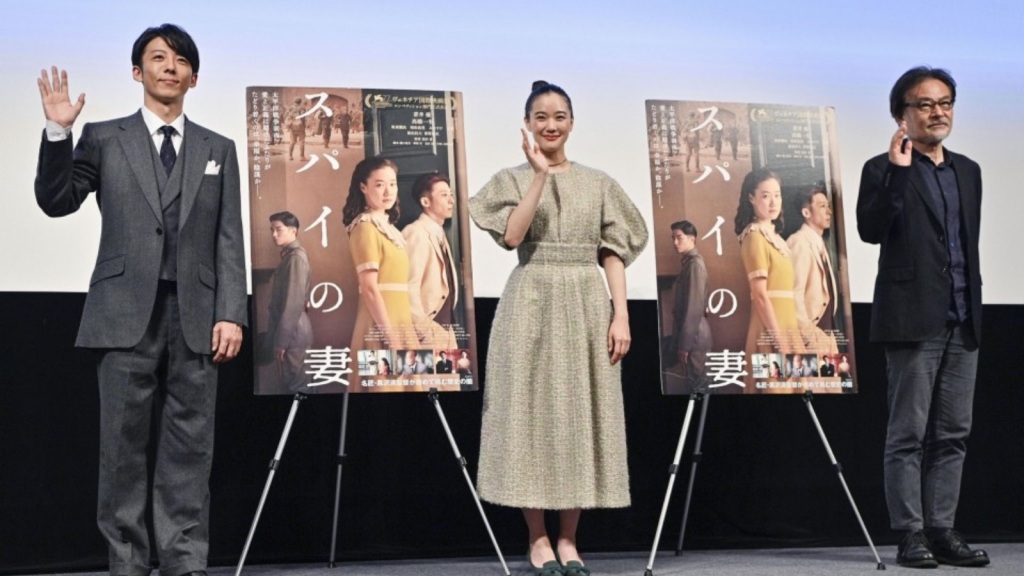Kiyoshi Kurosawa is a Japanese film director widely acclaimed for his contributions to contemporary cinema, particularly in the horror and psychological thriller genres. His films, such as Cure and Pulse, are often lauded for their uncanny atmosphere and methodical pacing, exploring the deeper anxieties of modern society.
One of the defining features of Kurosawa’s filmography is his ability to delve into the psychological dimensions of his characters. He does this not through sheer shock value or gratuitous scares but through a deep-seated exploration of human fears and societal disconnections. Films like Tokyo Sonata showcase family breakdowns and personal despair in a rapidly changing urban society, while Pulse touches on the theme of technological isolation, delving into the idea that the digital realm can connect and alienate individuals from each other. These films expose the frailty of human connections, emphasising how easily they can unravel, leaving behind a sense of existential dread.
Kurosawa adopts a distinct style that marries slow-paced narratives with meticulously composed frames, often engendering an unsettling ambience. He often employs long takes, allowing scenes to play out in real time, creating a sense of genuine unease as viewers are forced to inhabit the film’s world for extended periods. This can be observed in films like Cure, where mundane environments are transformed into ominous spaces, heightening the tension without relying on traditional horror cues. Additionally, Kurosawa’s use of urban landscapes, from sprawling cityscapes to dilapidated buildings, further reinforces the notion of modern society as both a vast expanse and a confining prison.
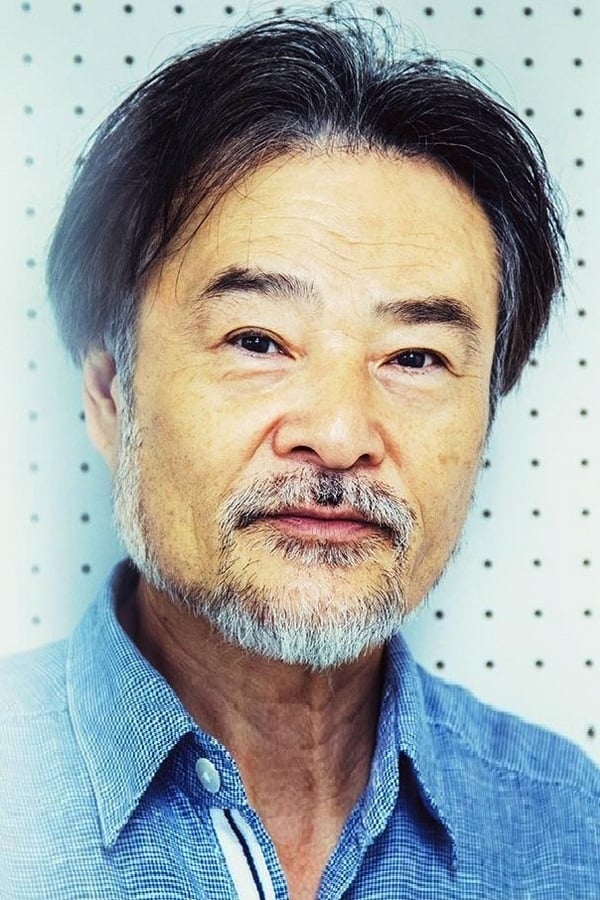
Kiyoshi Kurosawa (1955 – -)
Calculated Films:
- Cure (1997)
- Tokyo Sonata (2008)
Similar Filmmakers
- Ari Aster
- Bong Joon-ho
- David Cronenberg
- David Lynch
- Gakuryu Ishii
- Hideo Nakata
- Hirokazu Koreeda
- Kaneto Shindo
- Kazuya Shiraishi
- Naomi Kawase
- Nobuhiro Yamashita
- Park Chan-wook
- Shin’ya Tsukamoto
- Sion Sono
- Takashi Miike
- Takashi Shimizu
- Takeshi Kitano
- Tetsuya Nakashima
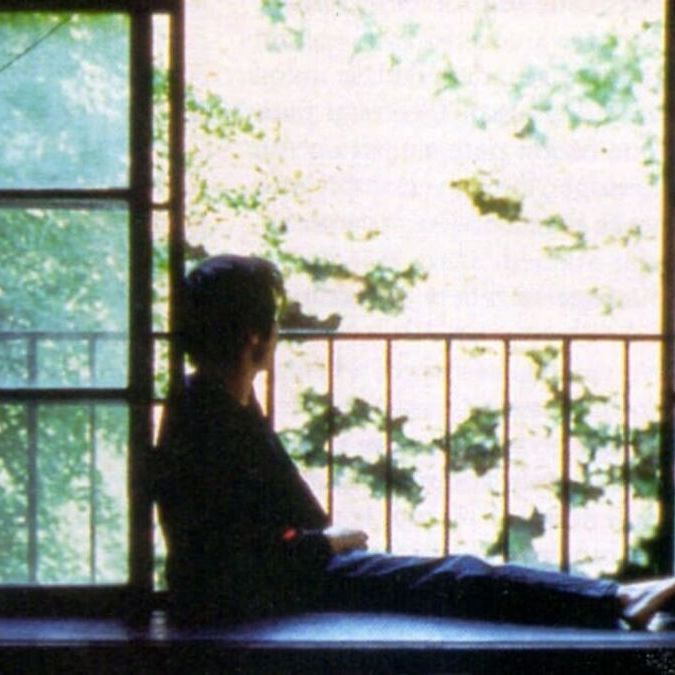
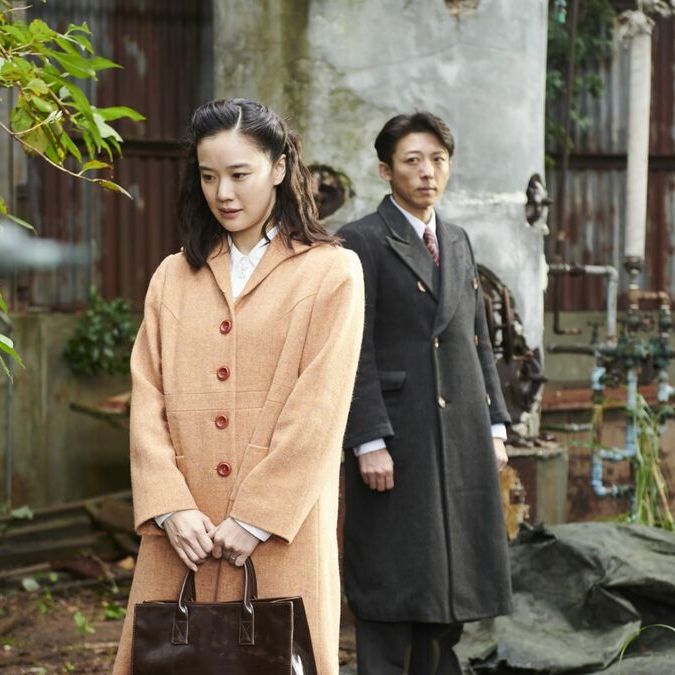
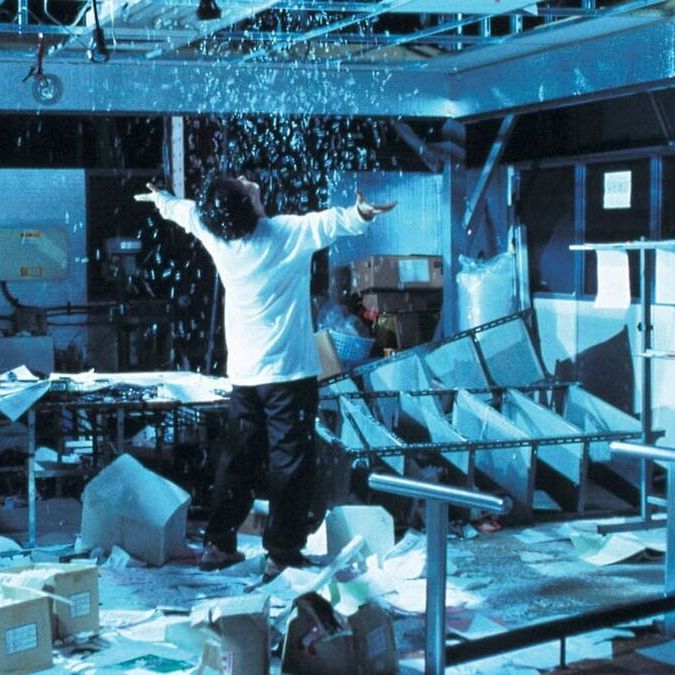
Kiyoshi Kurosawa’s Top 5 Films Ranked
1. Cure (1997)
Genre: Psychological Thriller, Mystery, Police Procedural, Crime
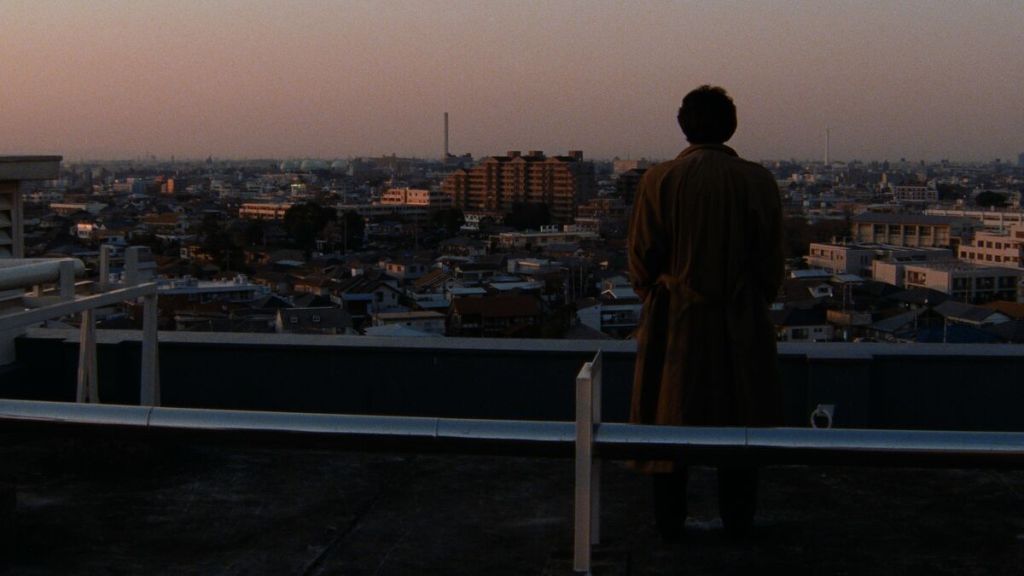
2. Tokyo Sonata (2008)
Genre: Family Drama
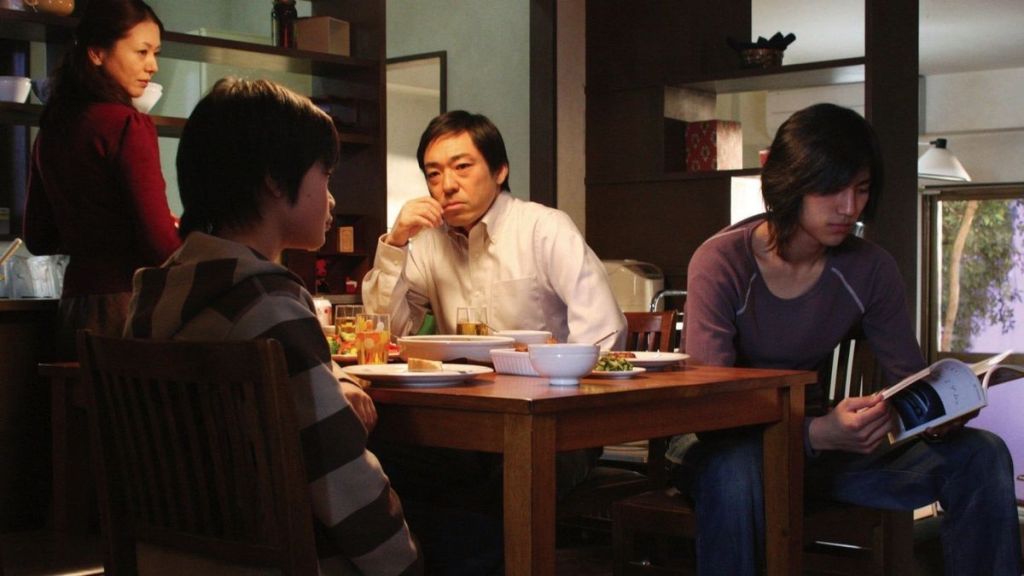
3. Seance (2000)
Genre: J-Horror, Psychological Thriller
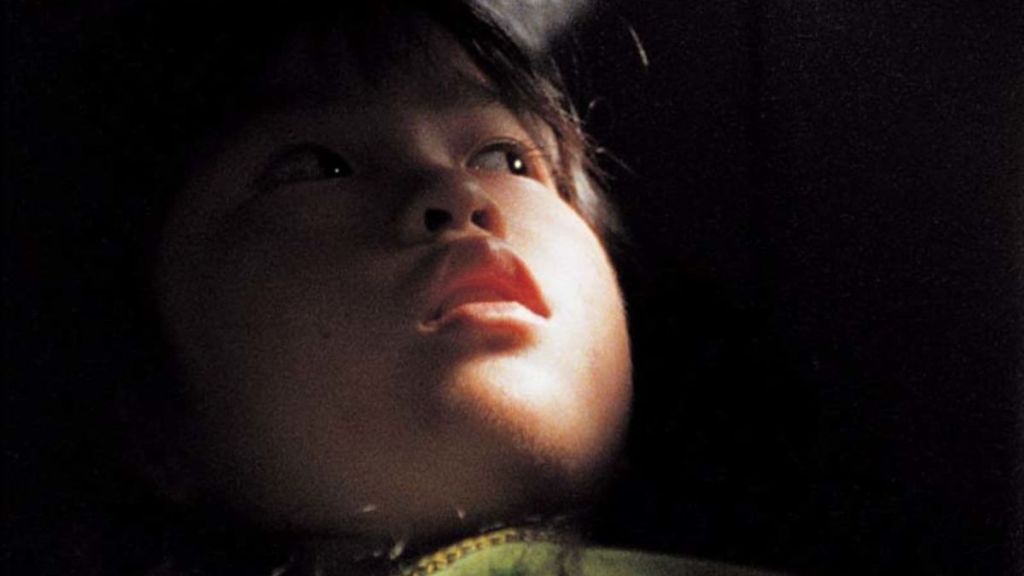
4. Pulse (2001)
Genre: J-Horror, Psychological Horror, Digital Horror
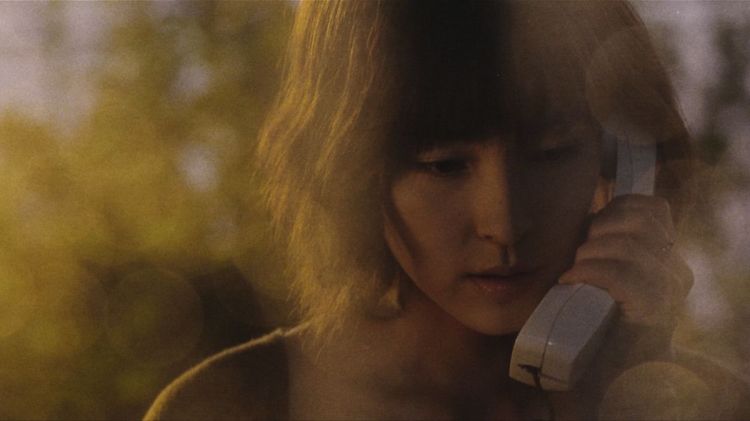
5. Charisma (1999)
Genre: Drama, Psychological Drama, Mystery

Kiyoshi Kurosawa: Themes and Style
Themes:
- Isolation and Loneliness: Kurosawa often delves into the human experience of feeling alone or estranged. Whether it’s the urban solitude of modern Tokyo in Pulse or the individual disconnect in a family setting in Tokyo Sonata, his characters grapple with feelings of isolation.
- Existential Dread: A sense of existential uncertainty and fear runs through many of Kurosawa’s films. His characters often confront unsettling truths about their existence and reality, leading them to question their own perceptions and sanity.
- Modern Society and Technological Anxiety: Kurosawa’s work frequently comments on the implications of rapid technological advancement. For example, Pulse delves into the internet’s impact on human connections, portraying it as a conduit for malevolent spirits.
- Memory and Perception: Films like Cure toy with the idea of suggestibility and the fragility of human memory, while others tackle the fluidity of perception and reality.
Styles:
- Atmospheric Tension: One of Kurosawa’s hallmarks is his ability to create an omnipresent sense of dread. This isn’t achieved with typical jump scares but through a slow, methodical build-up of tension, often with lingering shots and atmospheric soundscapes.
- Static Camera Work: Kurosawa often uses static shots to heighten tension, allowing scenes to play out without cutting away, forcing the audience to confront the unfolding horror or drama head-on.
- Urban Settings: Many of his films are set against urban landscapes, emphasizing the disconnect between individuals and their environment in modern cities.
- Bleak Visual Palette: Kurosawa’s films often have a muted color scheme, which complements the sense of dread and unease pervasive in his narratives.
Directorial Signature:
- Narrative Ambiguity: Kurosawa doesn’t spoon-feed answers to his audience. His plots often end with ambiguities, leaving viewers to ponder and interpret the film’s events and implications.
- Juxtaposition of Traditional and Modern: While commenting on contemporary themes, Kurosawa seamlessly incorporates traditional Japanese elements, creating a distinctive fusion of old and new.
- Character Depth: Despite the atmospheric horror and psychological tension, Kurosawa’s characters are deeply human. Their vulnerabilities, fears, and desires are central to the narrative, making them relatable even in surreal scenarios.
- Sound Design: Kurosawa’s use of sound, or sometimes the deliberate lack of it, plays a crucial role in setting the mood. Sound becomes an integral character in his films, whether it’s the eerie silence of a haunted room or the distant hum of urban life.
Kiyoshi Kurosawa – Great Director
